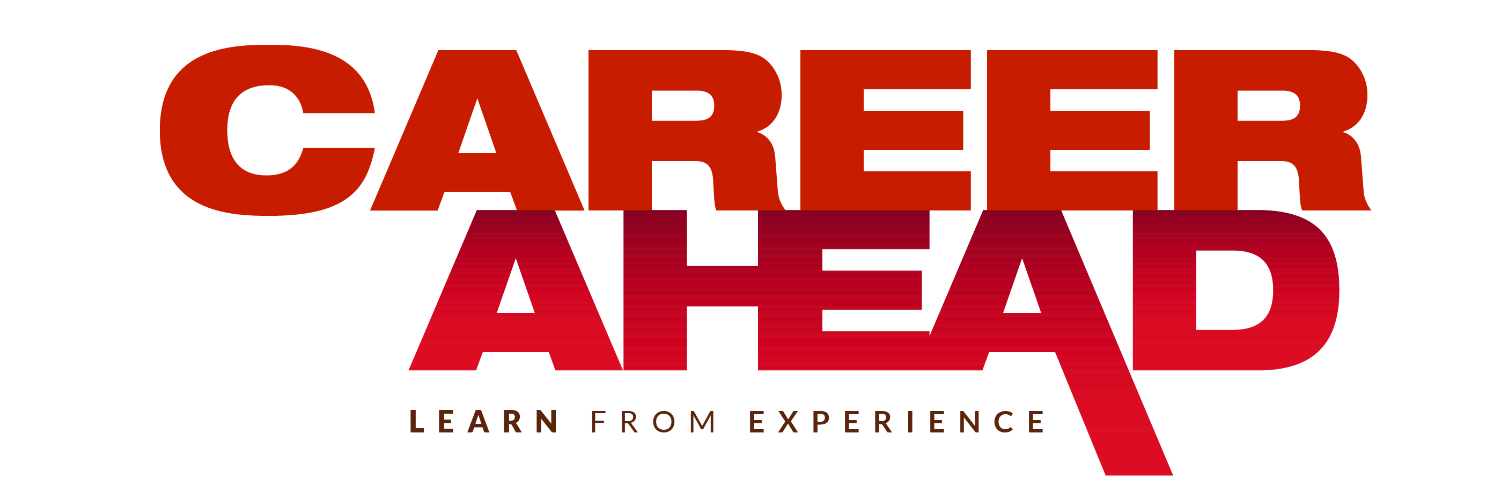No products in the cart.
Customer Centric Innovation – Understanding the Story Behind the Numbers
Innovation has been a primary priority – and a source of frustration – for leaders for as long as we can remember. According to a recent McKinsey survey, 84% of global executives believe innovation is critical to their growth strategy, but 94% are unsatisfied with their firms’ innovation performance.
This makes no sense on paper. Businesses have never had a better understanding of their customers. Corporations can now collect a tremendous variety and volume of customer data at an unprecedented rate and perform sophisticated analyses on it as a result of the Machine Learning revolution. However, for the majority of them, innovation remains painfully hit-or-miss. According to Gartner, 85% of Machine Learning (ML) projects fail.
What went wrong?
The core issue is that a majority of the massive amounts of customer data that businesses generate is structured to demonstrate correlations: This consumer is similar to that one, or 68% of customers choose version A over version B. While it’s thrilling to discover patterns in data, they do not necessarily imply that one item caused another. And, while it’s unsurprising that correlation does not equal causation, a majority of managers have grown accustomed to making judgments based on correlations.
According to the renowned Harvard professor late Clayton Christensen, the emphasis on correlation – and on knowing more about customers – is leading businesses in the wrong path. What they really need to know is what the customer hopes to accomplish. This is what he called the ‘jobs to be done’.
What is ‘jobs to be done’?
When we buy a product, we essentially ‘hire’ it to help us do a job. If it does a good job, the next time we’re faced with a similar task, we’re likely to hire that product again. And if it performs poorly, we ‘fire’ it and hunt for a replacement.

Product innovation based on ‘jobs to be done’
For example, in the media Industry, as we progress up the value chain, from free content (monetized via advertising) to subscription and membership models (monetized via reader revenue), a thorough understanding of a job enables us to understand the value we need to create, how to deliver it, and how to communicate it to our customers.
Why is this critical?
If we look at new product launches across industries, just 92 of the more than 20,000 new products reviewed in Nielsen’s Breakthrough Innovation report achieved sales of more than $50 million in their first year and sustained sales in their second year, excluding close-in line extensions. The list of hits may appear random at first glance – International Delight Iced Coffee, Hershey’s Reese’s Minis, and Tidy Cats Light Weight, to name a few – but they all have one thing in common. Each of them, according to Nielsen, nailed a poorly performed and very specific job to be done. International Delight Iced Coffee allowed people to enjoy the taste of café iced drinks in the comfort of their own homes. And, because to Tidy Cats Light Weight litter, millions of cat owners no longer have to struggle to lift big, bulky boxes from store shelves, into cars, or up the stairs into their homes.
How to leverage ‘jobs to be done’ framework to create customer experiences that are truly unique?
Identifying and addressing the ‘job to be done’ are merely the first stages toward developing products that customers want – especially those for which they are willing to pay a premium. It is essential to develop the relevant set of experiences for the product’s purchase and use, and to integrate those experiences into the company’s processes.
When a business accomplishes this, competitors find it difficult to keep up. Consider the example of American Girl dolls in the US. The cost is over a hundred dollars, and then you need to spend hundreds of dollars in additional charges for clothing, books, and accessories. Contrast this to the four dollars required to purchase a Barbie doll. Despite this, the business generates more than $400 million in annual revenue.
The company has been the market leader for nearly 30 years. American Girl doll has prevailed for so long because it’s not really selling dolls: it’s selling an experience. Individual dolls depict various eras and locations in American history and are accompanied by books that detail the backstory of each doll. They highlight struggles, courage, values, and traditions in contrast to hypersexualized Barbies.
Toys “R” Us, Walmart, and even Disney have all attempted to replicate American Girl’s success in recent years with comparable dolls – all at a fraction of the price – but have failed. Why? The founder of the doll believes that competitors saw themselves in the ‘doll industry’, whereas she never lost sight of why the dolls were valued in the first place: the experiences, stories, and connections they enable.
- The article was originally published in Career Ahead July 2021 issue.










